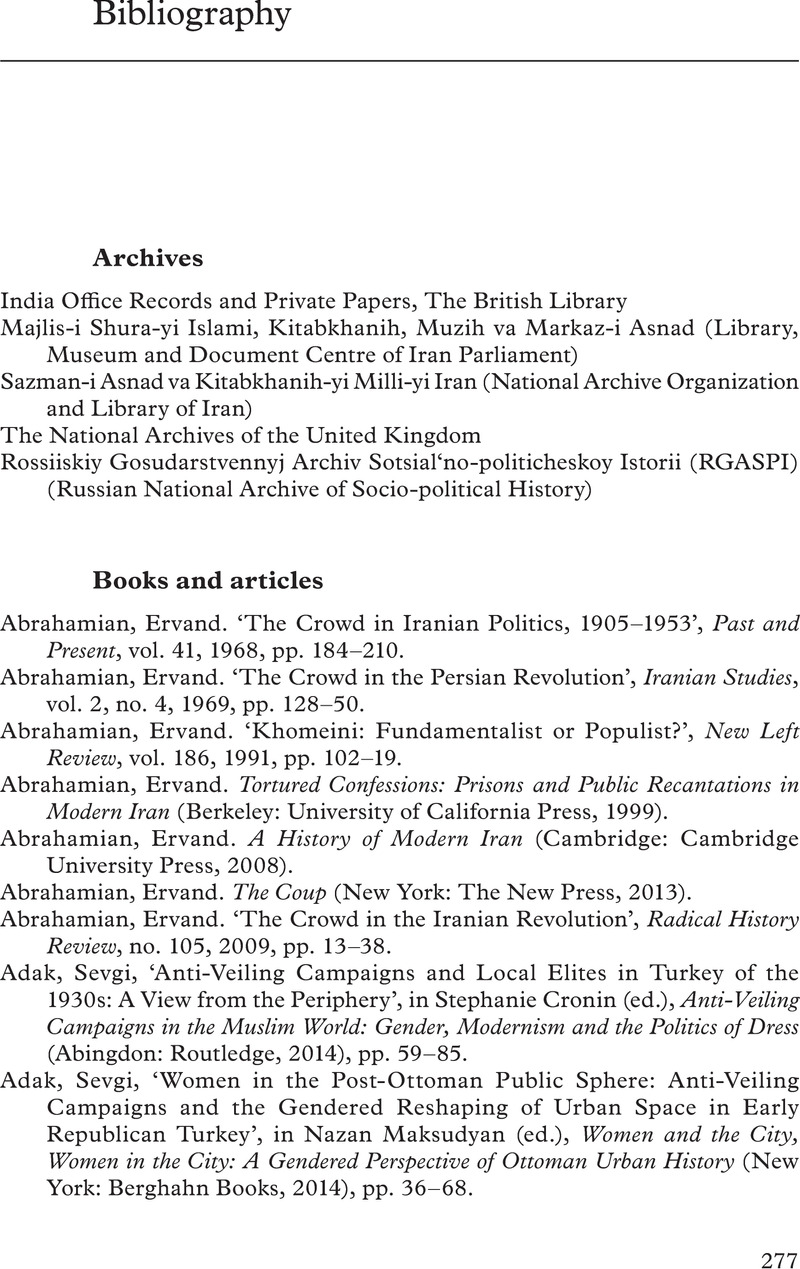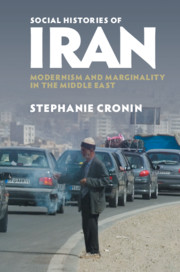Bibliography
Published online by Cambridge University Press: 26 January 2021
Summary

- Type
- Chapter
- Information
- Social Histories of IranModernism and Marginality in the Middle East, pp. 277 - 305Publisher: Cambridge University PressPrint publication year: 2021

